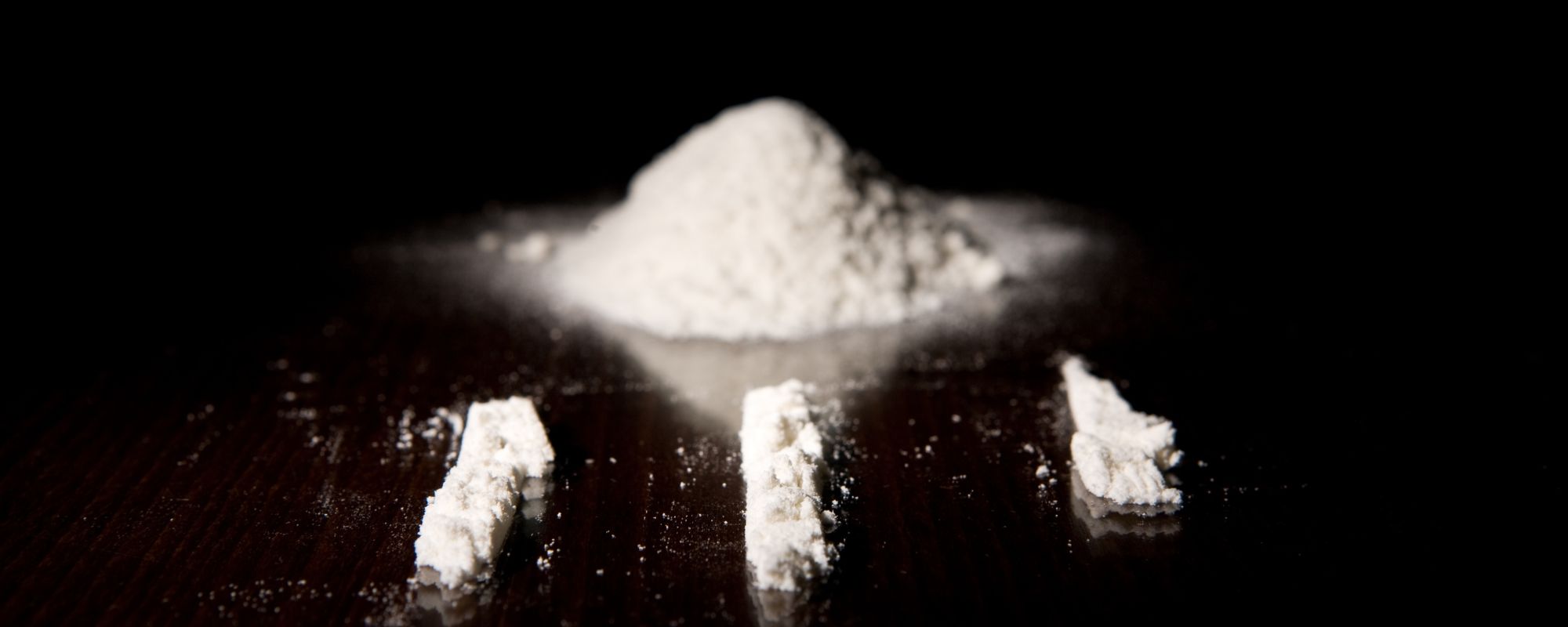Suboxone is an FDA-approved medication for opioid use disorder (OUD), but drinking alcohol on Suboxone can be life-threatening. A common question is, “Can you drink alcohol and take Suboxone?” and if so, how much? In reality, there are dangerous effects of mixing Suboxone and alcohol together, and the combo can be life-threatening. Let’s discuss the specific risks of drinking alcohol while on Suboxone and what to do if you have a problem with polysubstance abuse.
What Is Suboxone?
Suboxone is a prescription medication used for the treatment of opioid addiction. Since Suboxone combines two powerful medications, it works on the body to fight cravings for more opioids. The combination of buprenorphine and naloxone makes up Suboxone, the brand name for the combo. Notably, buprenorphine is a partial opioid agonist, meaning it acts like an opioid in the body. Naloxone is an opioid agonist, meaning it opposes the effects of opioids. Together, the two improve substance use disorder by reducing the pleasurable impacts of opioids and, as a result, cravings. Opioid use disorder (OUD) affects more than 6 million people around the globe. Suboxone is a valuable tool to aid in the recovery process.
How Does Suboxone Work?
As noted, Suboxone is the combination of buprenorphine and naloxone. Notably, buprenorphine is a partial opioid agonist, meaning it acts like an opioid in the body. Naloxone is an opioid agonist, meaning it opposes the effects of opioids. All in all, the two substances work together to target opioid receptors in the brain. Opioid addiction develops through the same opioid receptors, which is why Suboxone countereffects the effects of opioids. The medication reduces withdrawals and cravings for easier long-term sobriety maintenance.
Because Suboxone includes buprenorphine, which works like an opioid, it can be addictive when not used properly. This medication should only be utilized as a medication for opioid use disorder when prescribed through a medical provider. Thus, we use Suboxone as part of medication-assisted treatment (MAT) in Chapter 5.
Suboxone Abuse
Suboxone is a beneficial medication for treating OUD, yet it can be misused and worsen the substance abuse issue. Naloxone blocks the effects of opioids, but when abused, Suboxone can still give you a high. Thus, people do abuse the medication. Especially those who do not have a history of opioid use can easily use Suboxone for a high. This is because there’s enough of the opioid imitator, buprenorphine, in the drug when one injects, smokes, or snorts it. Undeniably, Suboxone abuse is a dangerous issue. For those who are new to opioids, they can use Suboxone to get high and eventually develop an addiction. Just as we provide Suboxone in MAT treatment, we also help guests who have Suboxone addiction.
Is Drinking Alcohol on Suboxone Safe?
It is not safe to drink alcohol when on Suboxone, whether you’re using it as prescribed or abusing it to get a high. There are a number of potentially dangerous health effects you may experience if you combine the two substances. Mixing Suboxone and alcohol can slow down your central nervous system (CNS) to dangerously slow functioning. To elaborate, Suboxone acts as a CNS depressant by slowing brain activity to create an overall calming effect. Since alcohol works the same way, combining the two substances can cause lethargy, unconsciousness, or comatosis. Further, other potential Suboxone and alcohol interactions are decreased breathing, poor blood movement, and altered cognitive processing. It’s also possible to overdose by taking both together, which can lead to death.
There is no “safe” dose of alcohol while taking Suboxone. If you develop a dual diagnosis addiction to both alcohol and opioids, you’ll face co-occurring Suboxone and alcohol withdrawal symptoms.
The Dangers of Long-Term Alcohol Abuse
There are many dangers associated with unhealthy drinking patterns, like binge drinking, heavy drinking, and alcohol abuse. Alcohol use disorder (AUD) is the most severe level of alcohol dependency. At this stage, it is a brain condition compelling a person to consume more alcohol when the effects wear off. Sadly, people with AUD can’t quit if they try because of the powerful alterations alcohol abuse has caused in their brains. They will also crave more and face painful withdrawal symptoms when they go too long without drinking. AUD is caused by drinking high amounts of alcohol frequently for a long span of time. Yet, a person can develop dangerous drinking habits quickly that spiral over time.
Notably, alcohol use disorder has the highest dangers to the mind and body. Any type of alcohol abuse will bring harm to your system. If you don’t get help for your alcohol disorder, you put yourself at risk of many long-term risks. These hit your body and your life.
- Financial strain
- Loss of passions, dreams, goals
- Broken relationships
- Loss of responsibility and trust
- Poor mental health, including anxiety and depression
- Seizures
- Memory loss
- Disorientation
- Kidney damage
- Nutritional deficiencies
- Stroke
- Heart attack
- Death
Polysubstance Abuse Help
Having a substance addiction or substance use disorder (SUD) is a serious issue. You’ll find it incredibly challenging to quit on your own. Alcohol addiction is a severe concern that affects millions around the world. Similarly, prescription medication addiction, like Suboxone misuse, can keep you trapped in the dangerous cycle of drug addiction. However, polysubstance abuse is even more problematic and leads to greater issues. Polysubstance abuse is when an individual has a dependency on more than one substance. Basically, it expands their addiction into a broader issue and increases the toll it can take on their life. It’s possible to be addicted to any combination of substances, and this is a common occurrence. Sometimes, individuals develop polysubstance use disorders because they take drugs that are mixed with other substances, like opioids and fentanyl.
Polysubstance abuse is dangerous because drugs are powerful, and many have adverse reactions to each other. Additionally, using more than one substance increases your risk of overdose. If you struggle with dependency on multiple drugs, reach out to Chapter 5 for help. We can address both issues concurrently.
Substance Abuse Treatment Programs
If you struggle with either Suboxone addiction or alcohol and Suboxone polysubstance abuse, it can feel like you’re lost in your addiction. As your dependency grows, your withdrawal symptoms get stronger whenever you try to quit. Substance use disorder (SUD), including opioid use disorder (OUD), is a serious issue. When opioids like Suboxone medication are combined with alcohol, the results can be catastrophic. We offer substance abuse treatment at our rehab center, Chapter 5 Recovery, in Arizona. As part, you will move through the levels of care to achieve transformative healing.
Detox
Substance abuse recovery starts with medical detox in our detox facility. Markedly, detoxification is an important first step to cleansing the body of substances, especially if you’ve been taking multiple. Detox typically lasts between 4-8 days. Withdrawal is uncomfortable, and you’ll likely experience it when detoxing. Yet, we make the process go smoother through medical monitoring and care.
Inpatient Rehab
Inpatient treatment is the early level of care for those who are still fresh to recovery programming. During residential inpatient rehab, guests of Chapter 5 Recovery live in our comfortable facility and receive 24/7 support. They participate in daily routines for their healing, including therapy, counseling, peer learning, and relapse prevention training. We ensure everyone looks after their minds, bodies, and spirits while in treatment. As such, we provide nutritious meals and restorative traditional and holistic therapy treatments.
Outpatient Rehab
Outpatient rehab is the final level of care before our guests graduate from treatment. During this stage, they live at home and attend multiple hours of sessions in-center per day. The time commitment of outpatient rehab is reduced from the inpatient level, as guests have shown readiness for more independence. Although they continue to attend therapy and counseling sessions, individuals also participate in working towards concrete goals and needs. They will spend time with their case manager to prepare for their future after rehab.
Aftercare
Once our guests have graduated from rehab, they can remain in the aftercare level if they desire to stay connected. We aim to support our alumni for as long as they need. As such, we offer resources like recovery support group meetings and Sober Living housing. Aftercare acts as a sort of transitional stage between rehab and the full return to “normal life.” It’s a beneficial level for those who want extra support to manage the early days of their independence in sobriety.
Using Insurance for Addiction Rehab
If you struggle with drinking alcohol on Suboxone, you need to get help to ensure you don’t danger yourself. Having a joint addiction to opioids and alcohol is a pressing concern, but it is treatable through our professional rehab. At Chapter 5, we offer treatment for substance use disorders (SUD), including alcohol use disorder (AUD) and opioid use disorder (OUD). Additionally, we are equipped to treat co-occurring issues. You won’t be alone in your struggles once you enter treatment.
We would love to help you with each stage of recovery, including admission. Please reach out to discuss paying for rehab, as we take most major insurance providers.
- How Long Does Cocaine Stay in Your System? - August 27, 2025
- Relapse Prevention for Alcoholism - July 29, 2025
- What Are Toxic Relationships, and Am I in One? - July 14, 2025






